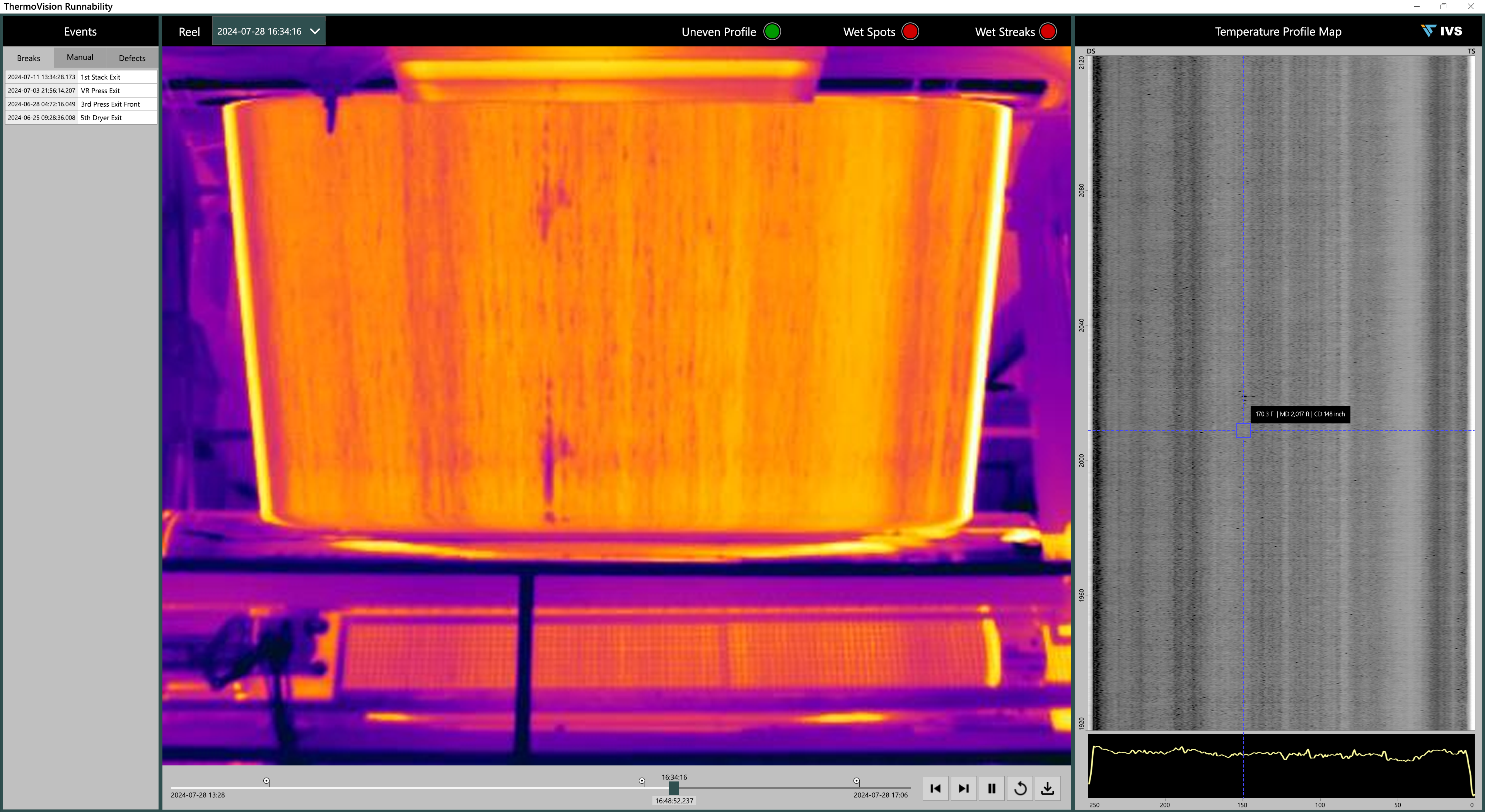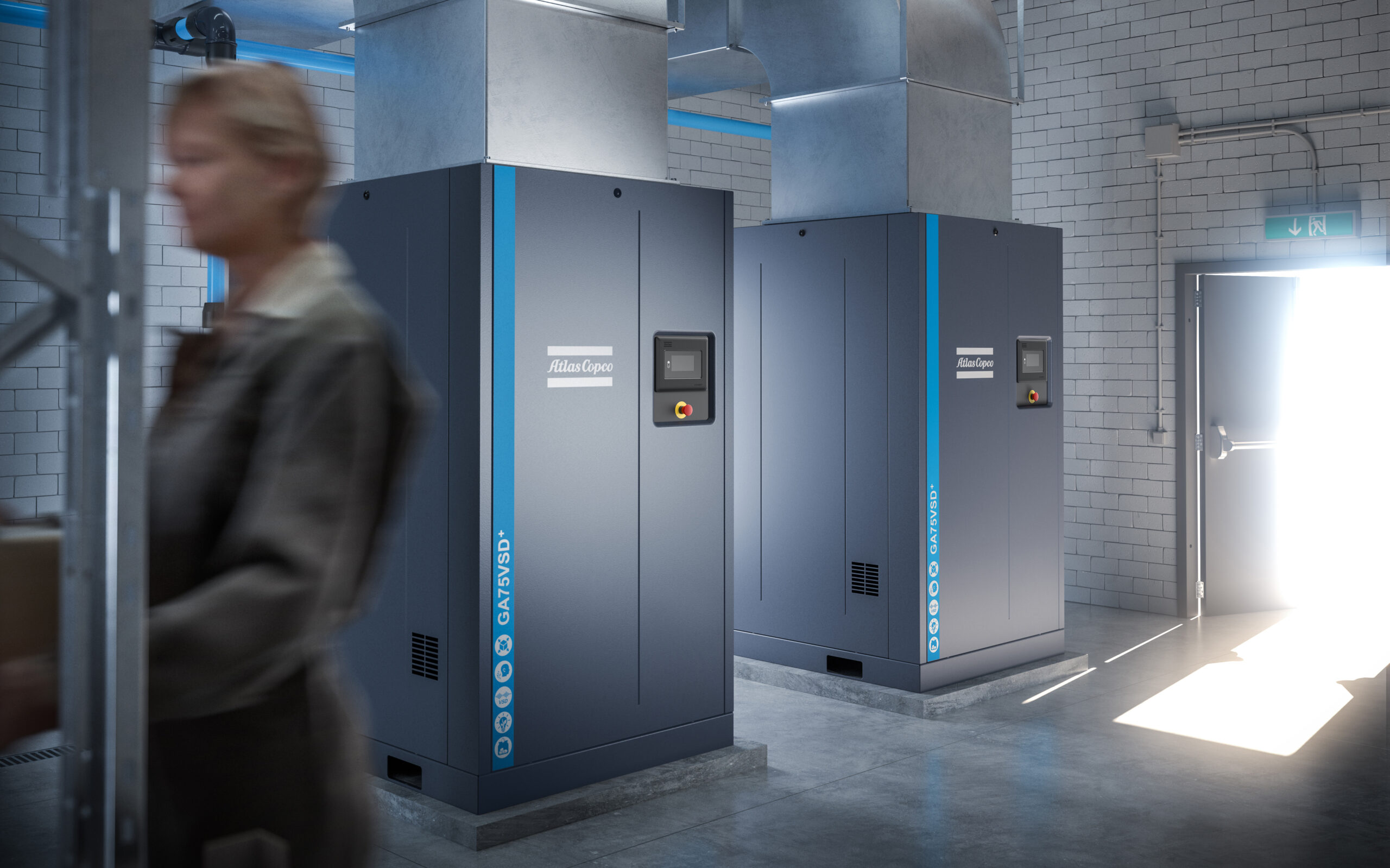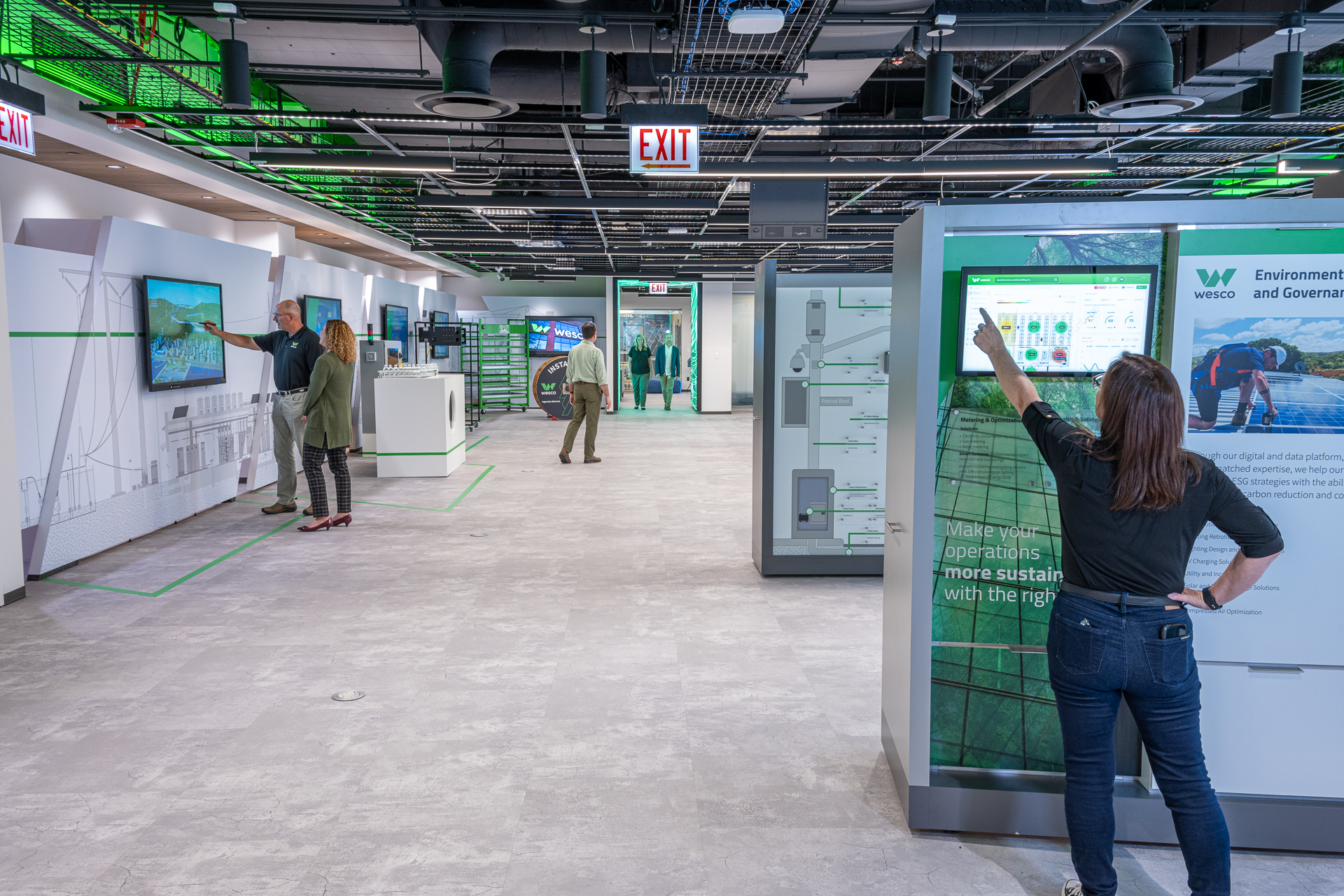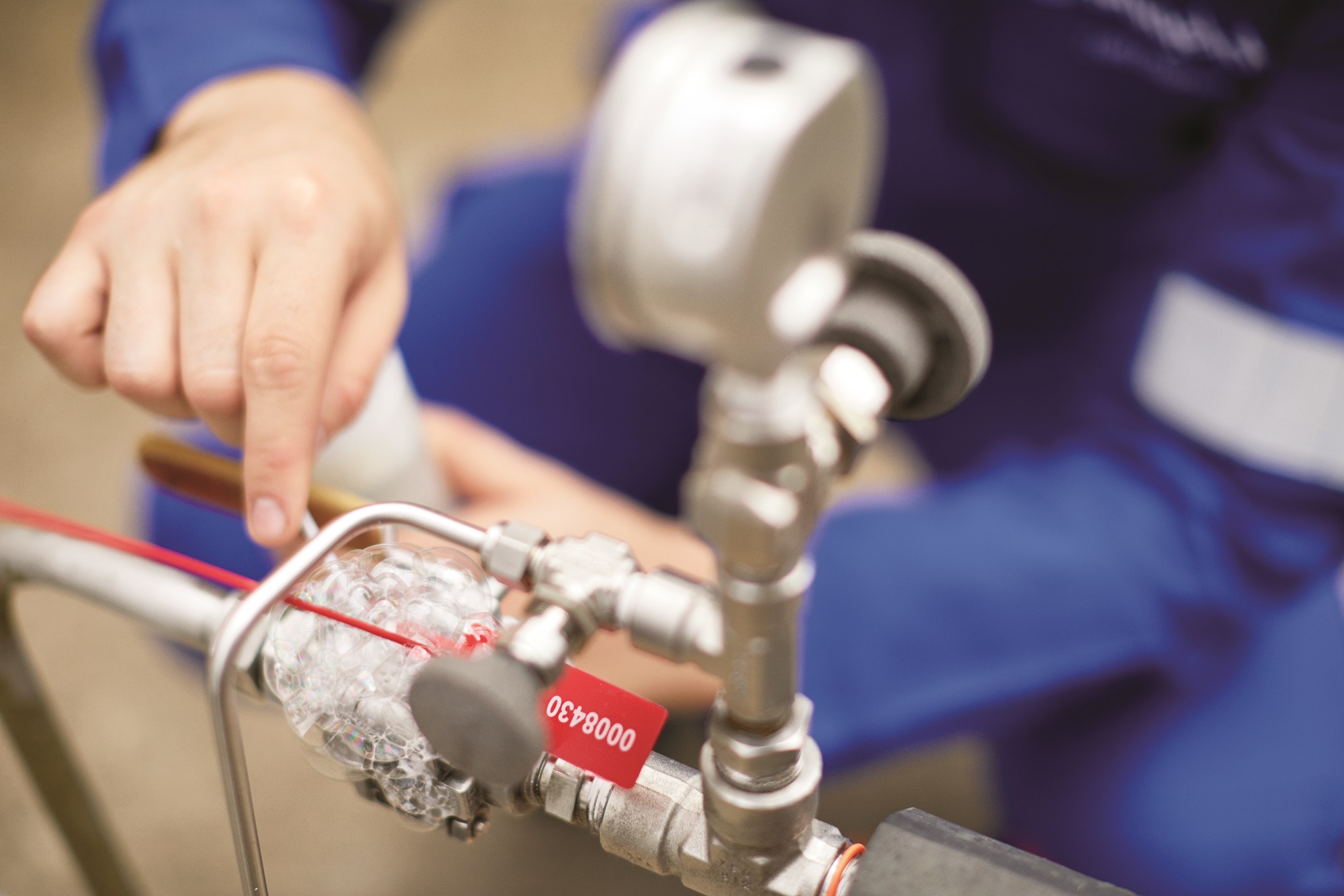Testing and monitoring offer best indications of filter health.
Filters are essential in food and beverage safety. The right system of pre-filters and final filters will keep oil, moisture, microbes, and dirt particles out of your equipment and products. But when to replace those filters is often an overlooked question in plant management.
If you’re not monitoring the performance of your air, steam, and liquid filters, they can clog up and shut down your process, or put your final product at risk. After maximum capacity, a filter also will require more energy from other equipment that has to work harder under stress.
Conversely, filters changed at regular but arbitrary intervals—every three months or after 800 batches, for example—might rack up unnecessary costs. You could be replacing filters that still have life, while also incurring labor and downtime expenses. It’s laudable to have a preventive maintenance plan, but that plan should be based on a thorough understanding of your unique process and filter demands.
There are five ways to determine when it’s most appropriate to change your air, steam, or liquid filters:
1. When sterile membrane elements reach their steam sterilization limit
Membrane elements are designed to be the final filter before products are packaged and shipped. As these filters build up live bacteria, they require steam sterilization to prevent those microorganisms from growing through the membrane and contaminating the product.
Steam sterilization kills microbes, but doesn’t remove the debris they leave behind. In that sense, sterilizing is not a regenerative process that resets differential pressure to a new condition. But it will render the bacteria inert and keep them from propagating.
Because steam sterilizing is a high-temp process, it puts stress on the element and wears it out after a number of cycles. Check your manufacturer’s recommendations on cycle limits. Anything beyond that can compromise the element and possibly the purity of your product. Most elements on the market allow for 80 to 90 steam sterilization cycles, although newer technology allows for 100 cycles or more.
2. When steam filters reach their limit of ultrasonic baths
When it comes to steam filters, there’s another kind of cleaning limit. Since most steam filter elements are stainless steel, they’re regenerated with ultrasonic baths to extend filter life. This is a cleaning process that removes accumulated particulates; but it’s also destructive cleaning that will begin to degrade the media—to the point where it is no longer sufficiently effective.
During the first few cycles, ultra-sonic cleaning will reset the filter’s differential pressure to its original performance. But each subsequent cleaning renders the filter less and less effective at restoring that new condition, and intervals between cleanings will become shorter. At a certain point, it won’t be worth the service and change-out time you’re investing.
3. When integrity testing indicates the filters have reached capacity
On-site or remote testing will confirm if your elements are operating at optimal efficiency. In a formal integrity test, the elements are placed in equipment that measures differential pressure (DP), efficiency, or both. DP levels will detect clogging or structural compromise. If pressure is next to nothing, for instance, there might be a hole in the media or the pleat pack may be damaged.
There are various test methods for air, steam, and liquid filters. For liquid membrane filters, a bubble-point test is performed, where pressurized air is applied to a wetted membrane to determine how readily a bubble forms on the opposite side. Integrity testing looks at the pore size of the media and provides a bubble point value.
Integrity testing, in the best case, is performed after sterilization and before a run. There are two reasons for this sequence:
- It verifies that the element is good before it is used;
- It verifies that the previous sterilization did not damage the filter. Sterilization is more likely to cause damage than any other point in use.
Integrity testing will determine if your filters are performing up to manufacturer guidelines—or whether your facility puts lesser or greater demand on a given filter design. If your air is more contaminated than average, for instance, testing might support replacement every four months rather than the recommended six. In facilities with many similar elements, integrity testing is usually randomized, as well. You pull two or three representative elements to learn about the performance of all of them.
4. When differential pressure rises to a pre-determined level
Monitoring DP in real-time is another way to tell whether it’s time for a filter change-out. With gauges on each side of an element and remote sensors, you’ll be alerted to a pressure drop downstream, and can regenerate or replace the filters before they trigger a costly shutdown. This method is more difficult in plants with complex filtration systems.
The filter manufacturer may recommend a pressure differential that justifies attention. But sometimes the decision may come down to economics. If a filter starts out at 1 or 2 psi and can be regenerated, you might delay its change until 10 psi. You’ll need to run your pumps at a higher volume, though, to maintain a consistent flow rate, creating a trade-off between energy and element costs. If your elements are costly, you might tolerate that higher utility draw. But if the filter elements are relatively inexpensive, replacing them at 5 psi might be worth it. Liquid applications usually can tolerate a higher pressure drop than compressed air applications.
Don’t forget about downtime in your cost-benefit equation. An ultrasonic bath may reset the DP and improve catching capacity, for instance, but it takes time to pull the elements and it interrupts production. Knowing total downtime costs is essential in setting up a filter replacement schedule that makes sense.
5. When your unique preventive maintenance schedule says so
Even if five facilities are filtering the same liquid, they’ll all require a different maintenance schedule based on their unique conditions and filter combinations. City or well water will vary, as will contaminants. There may even be seasonal fluctuations in air or water quality that drive inconsistent demands on the filter.
Most food and beverage processing plants need a variety of element types in their processes. Some can be monitored for DP and ultrasonically cleaned, and others cannot. Some expire after a set number of steam sterilization cycles, while others have flex. Filter management accounts for all these variations.
The ideal schedule for filter changes, then, is highly individualized. Rather than creating a maintenance schedule around fixed calendar dates, batches, or sterilization cycles, a better approach is to start with your manufacturer’s recommendations as a baseline. Then do integrity testing and DP monitoring to adjust from there. This creates the most cost-effective, long-term strategy.
A customized plan includes how frequently to steam sterilize, as well. If you use membrane elements at the end of a water-bottling process, for example, you could integrity-test the filters at the end of a selected shift and extrapolate that data over weeks or months to approximate the right interval.
There’s a “sweet spot” between replacing filters too frequently and not doing so often enough. Mold and bacteria can make people sick, and hazards can be immediate—or multiply over time if you use elements filter past their ideal life. Your energy costs will rack up too. Testing and return-on-investment analysis are the only ways to develop a change-out schedule that hits a cost-risk balance.
Richard Juskowiak is a product support specialist, and Robert Connor Rohina is an application engineer in the process filtration division of Donaldson Company, Inc.



